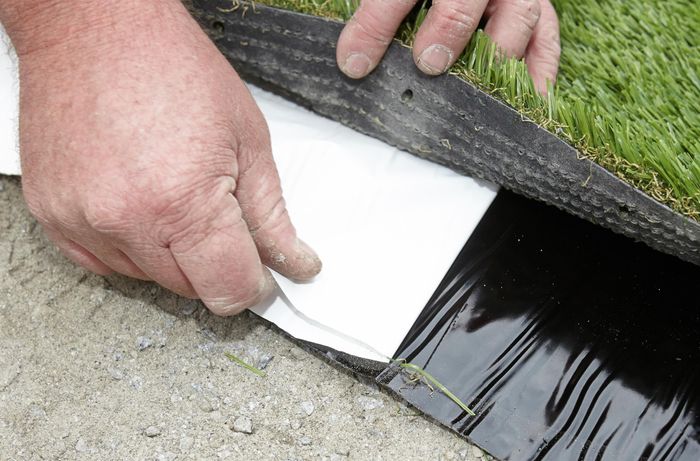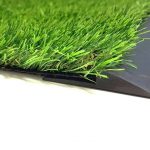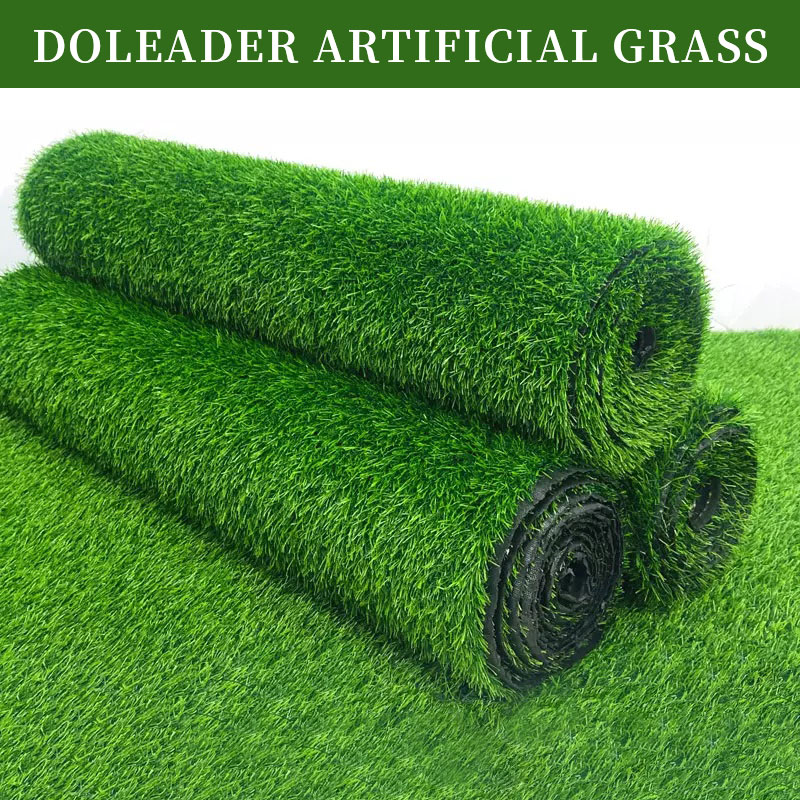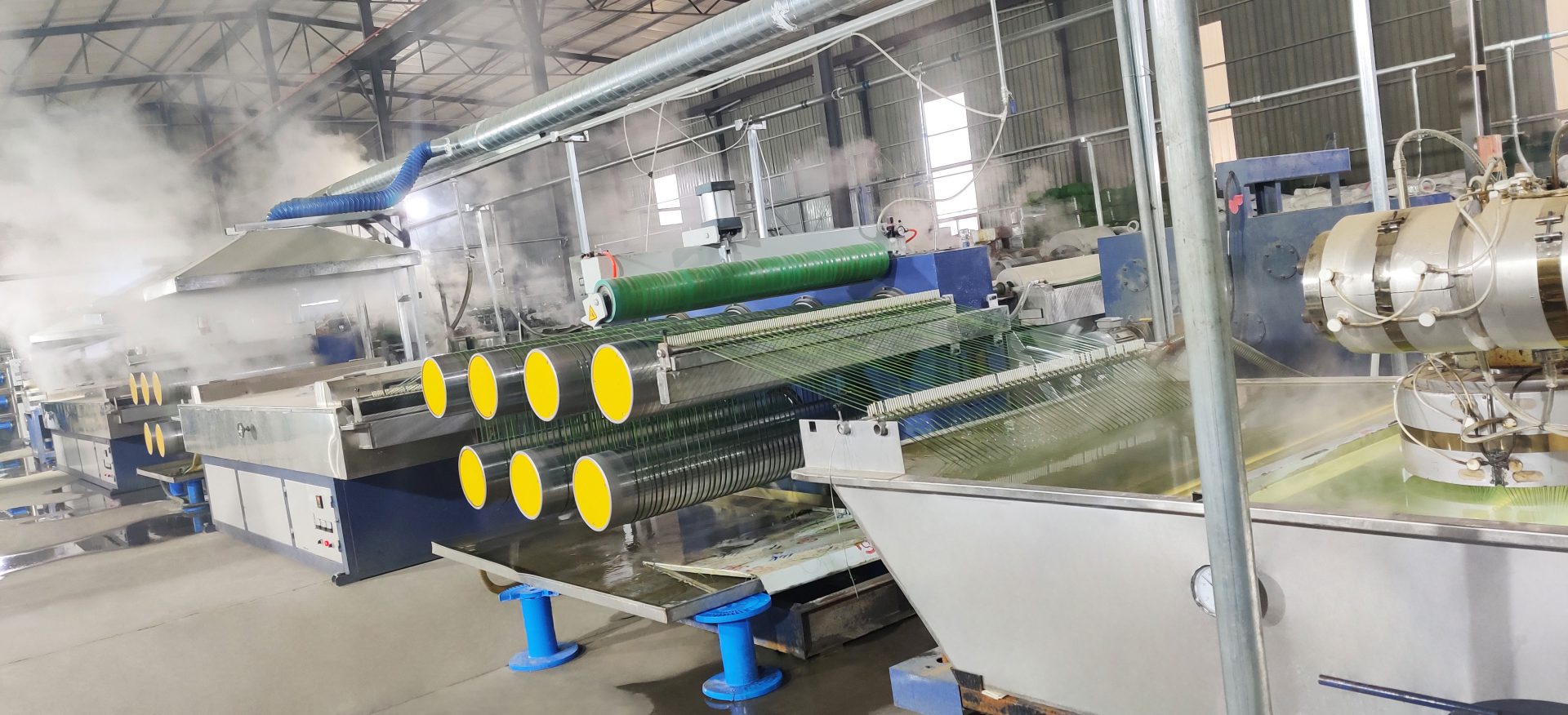
Artificial grass or synthetic turf is typically secured to the ground using several methods. Here are some common ways artificial grass is fixed down:
- Landscape Spikes or Nails: These are long, rigid spikes or nails made of plastic or metal. They are hammered through the turf backing and into the sub-base or ground at regular intervals, usually every 6 to 12 inches along the perimeter and throughout the surface.
- Turf Adhesive: A specialized adhesive designed for artificial grass is applied to the sub-base in a grid or serpentine pattern. The turf backing is then rolled onto the adhesive, which secures it to the ground as it cures.
- Sandbags or Sandbinding: The turf perimeter is secured with landscape spikes or nails, and then sandbags or a sand/rubber granule mixture is spread over the surface and brushed into the turf fibers to weigh it down.
- Nailer Boards: Wooden nailer boards are installed around the perimeter, and the turf is nailed or stapled to these boards to secure the edges.
- Seaming Tape or Glue: For joining multiple pieces of turf, seaming tape or adhesive is used to bind the turf backings together.
- Landscape Fabric: A weed barrier or landscape fabric is sometimes installed under the turf to prevent weed growth and aid drainage.
The specific method used can depend on factors like the size of the area, the sub-base material, and whether the installation is temporary or permanent. Proper preparation of the sub-base and securing the turf is crucial for preventing shifting, wrinkling, or separation over time.









